Menu
Q&As
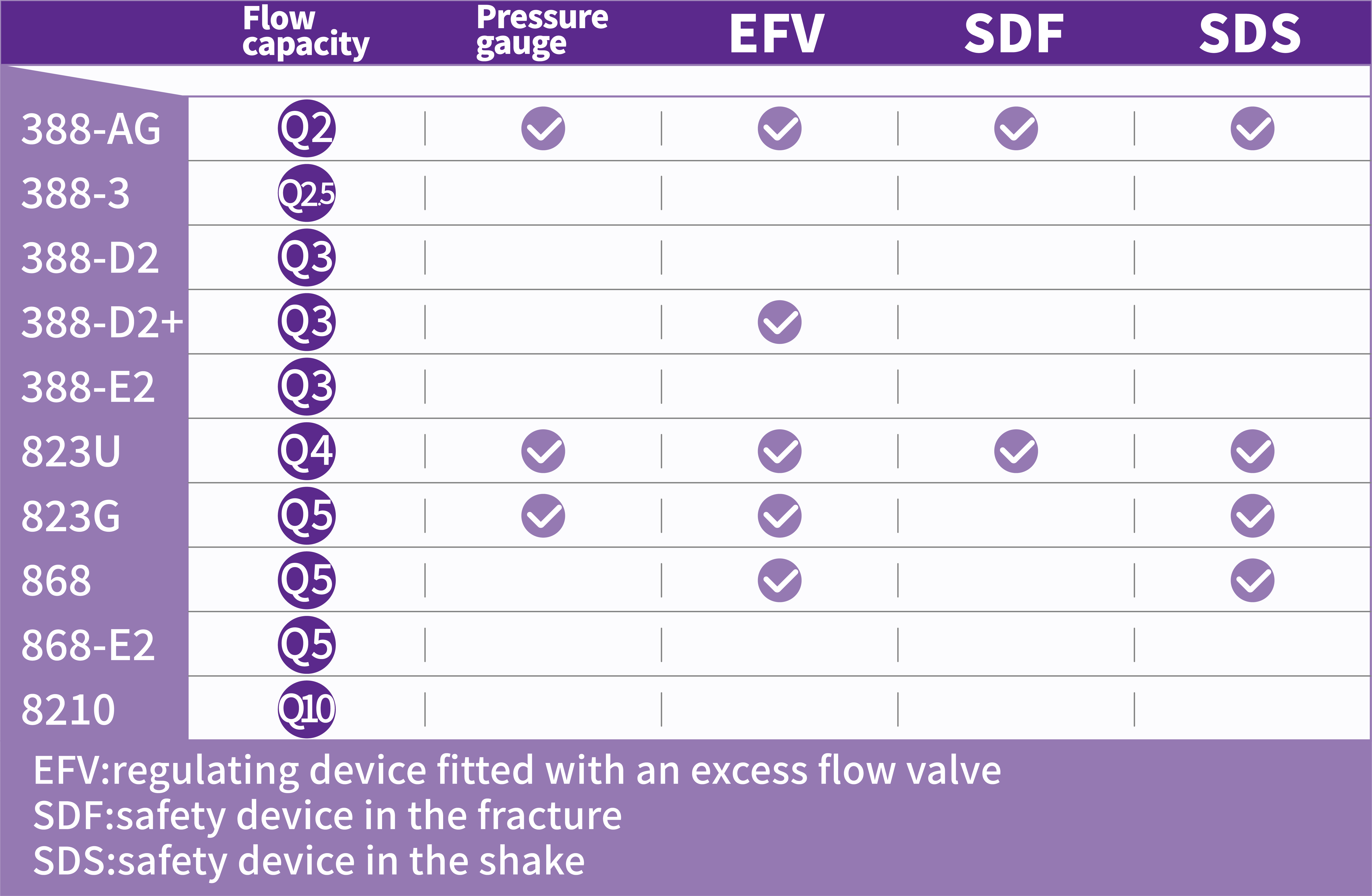
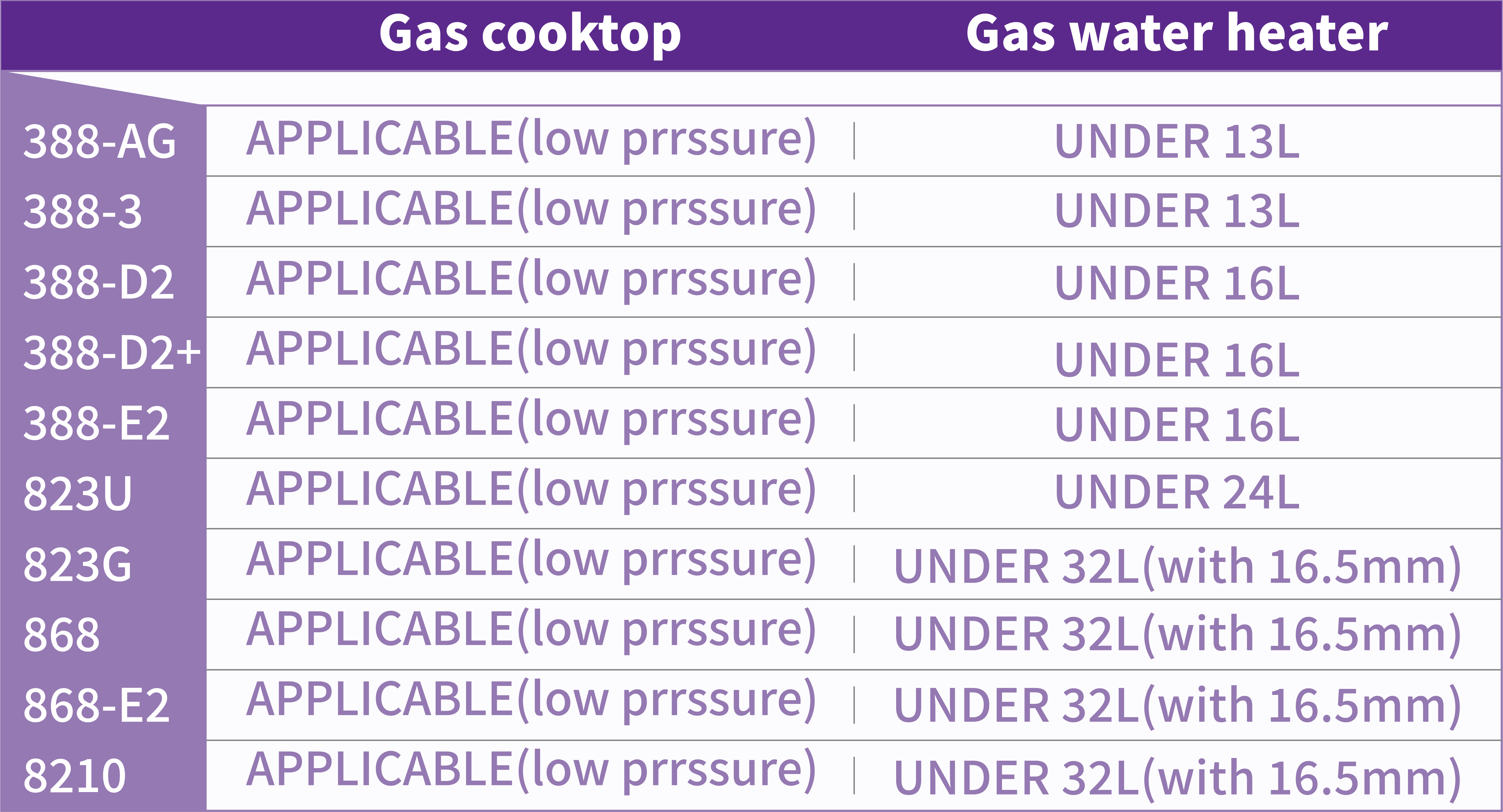

First check all stove switches and make sure they are turned off.
1. Tighten (close) the cylinder valve switch clockwise.
2. Then loosen the handle of the old adjuster clockwise to remove it.
3. Cut or pull out the gas pipe.
4. Then tighten the new regulator device on the cylinder switch counterclockwise.
5. Install the gas pipe, and fix the gas pipe with a "fixing strap".
6. Turn on the cylinder switch counterclockwise.
7. After checking the safety button of the regulator, check that the installation is complete and there is no air leakage. Use soapy water on the cylinder valve switch and regulator connection device and regulator and gas pipe connection. If there is foam For abnormal air leakage, please turn off the switch immediately and ask a professional for inspection (do not ignite). It can be used after confirming that there is no air leakage.
Correctly disassemble and assemble the adjuster to ensure the safety of your home.
First check all stove switches and make sure they are turned off.
1. Tighten (close) the cylinder valve switch clockwise.
2. Then loosen the handle of the old adjuster clockwise to remove it.
3. Cut or pull out the gas pipe.
4. Then tighten the new regulator device on the cylinder switch counterclockwise.
5. Install the gas pipe, and fix the gas pipe with a "fixing strap".
6. Turn on the cylinder switch counterclockwise.
7. Check that the installation is complete and there is no air leakage. Use soapy water on the cylinder valve switch and regulator connection device and the regulator and gas pipe connection. If there is foam, it is abnormal air leakage, please turn off the switch immediately , And ask professionals to overhaul (do not ignite). It can be used after confirming that there is no air leakage.
Correctly disassemble and assemble the adjuster to ensure the safety of your home.
The regulator with super-flow interception function is mainly used to automatically intercept the gas when the pipeline falls off or is damaged and the gas leakage exceeds the set value. This function will be affected by the length of the pipeline and the pressure in the gas barrel, and the possible reasons for direct ventilation after the safety button is pressed are:
1. The opening speed of the cylinder valve is too slow
2. The residual gas in the gas pipe is not completely discharged
3. When the pressure in the cylinder is too low
4. After long-term use, residual gas and grease in the regulator will delay the cut-off speed
If there are still abnormalities after the above reasons are eliminated, you should contact the gas dealer or our company immediately.
Unit conversion table
| Centimeter(cm) | Meter(m) | Kilometer(km) | 市尺 | 臺尺 | Inch(in) | Feet(ft) | Yard(yd) | Miles | 國際浬 |
|---|---|---|---|---|---|---|---|---|---|
| 公撮(ml,c.c.) | Liter(l) | Ounce(UK) | Ounce(US) | 美液品脫 | Gallon(UK) | Gallon(US) | 英蒲式耳 | 美蒲式耳 |
|---|---|---|---|---|---|---|---|---|
| Grams (g) | Kilogram (kg) | Ton(t) | 市斤 | 臺兩 | 臺斤 | Ounce | Pound(lb) | 長噸(ton)[英] | 短噸(ton)[美] |
|---|---|---|---|---|---|---|---|---|---|
| Square meter(m2) | Are | Hectares | Square kilometers(km2) | 市畝 | 坪 | 臺灣甲 | Are(UK) | Are(US) |
|---|---|---|---|---|---|---|---|---|
| dm3、l | m3、kl | ft3 | gal(英) | gal(美) | 石 | Feet 3 |
|---|---|---|---|---|---|---|
| 1/sec | m3/hr | m3/min | m3/sec | gal(UK)/min | l/min | ft3/hr | SCFH) | ft3/min | SCFM) | ft3/sec | gal(US)/min |
|---|---|---|---|---|---|---|---|---|---|
| Kgf | cm2 | Mpa | Bar | KPa | mBar | psi | mmAq | mmH2O | Torr | mmHg | atm |
|---|---|---|---|---|---|---|---|---|
| gf‧cm | Kgf‧cm | Kgf‧m | lbf‧in | lbf‧ft | Nm | Ncm | |
|---|---|---|---|---|---|---|---|
Technical documents
Bureau of Standards, Metrology and Inspection remind you
The Bureau of Standards, Metrology, Inspection and Quarantine has announced that gas regulators should be inspected before they are sold before they How safe is it, so the following key points are especially emphasized for the consumer's reference: 1. The gas regulator is only required for barreled gas for general household use. Natural gas for general household use (such as the supplier of Taipei Gas Company) does not need to be used; remember, gas After assembly, the barrel and regulator must be placed outdoors for use. 2. When the gas regulator is damaged, there will be the following dangers: 1. A large amount of gas is sprayed, and its pressure and flow rate exceed the normal usage of the appliance, which will burn the gas appliance in use and quickly cause a fire. 2. If the gas has leaked but not detected in time (usually by smell), and when the leaked gas and air reach a certain mixing ratio, it will cause a gas explosion when it encounters a fire source (even if it is static electricity or the flashover of the power switch). The essentials for choosing and purchasing a gas regulator are as follows: Be sure to choose products with the inspection mark of the bureau, which have a certain degree of safety and guarantee in use. Check the specifications printed on the product body: (1) R: indicates the outlet pressure range. Choose the one between 230-330, which can burn completely, will not produce excessive carbon monoxide, and is safe. (2) Q: indicates the flow rate. If a barrel of gas is supplied to a gas stove, the user should choose 1 or more; if a barrel of gas is supplied to a gas water heater, the user should choose 2 or more; if a barrel of gas If one gas stove and one gas water heater are supplied at the same time, 3 is appropriate. 4. Regular replacement of the gas regulator. In the long-term contact with liquefied gas, the parts of rubber materials are prone to chemical changes such as aging and swelling; the parts of zinc alloy materials are also embrittled. It is recommended to replace them every three years. To ensure safety. Because the gas regulator is inspected according to the announced national standards, it can ensure that the quality reaches a certain level; and the gas regulator that has passed the inspection has the certification mark of the bureau, and the product body will also be printed with the factory code ; If there is a problem with the product quality, consumers can respond to the bureau or each sub-bureau, and they will surely get a satisfactory answer. As far as the rights and interests of consumers are concerned, it is just another layer of protection. Source: Bureau of Standards, Metrology, Inspection and Quarantine1. If the gas stove cannot be ignited, stop and continue to ignite, and check whether there is gas leakage or the reason for the failure to ignite.
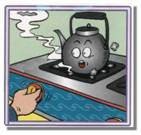
2. Check the gas hose and various joints frequently to prevent cracking and loosening.
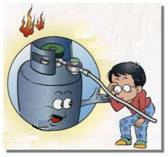
3. It is recommended to keep a proper distance between the barreled gas and the stove, and to isolate it with non-combustible materials. The stove must be placed on a brick table or a stainless steel frame.
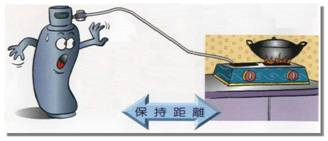
4. Do not use newspapers to spread under the gas stove or paste monthly calendars or paper on the wall to avoid burning.
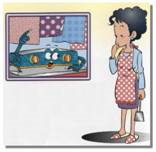
5. Keep a proper distance between the gas stove and surrounding combustibles.
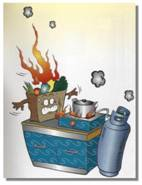
6. Alcohol, gasoline and other flammable items should not be placed near gas stoves, and the power sockets and switches should be kept away from the stove.
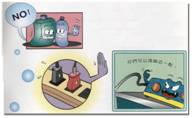
Excerpt from: Taichung City Fire Bureau Second Brigade (Central Division)
1. The rubber hose of barreled gas should be checked frequently, and if it is found to be cracked or damaged, please replace it immediately.
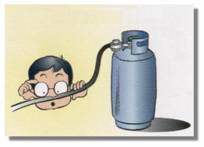
2. Do not let children play with the gas switch.
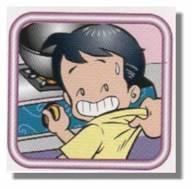
3. After the gas stove is used, the gas barrel and the gas stove switch should be closed.
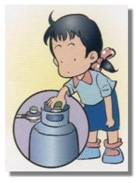
4. The rubber tube should not be too long, and a safety clip should be installed to prevent it from falling off.
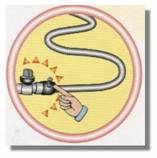
5. Do not overfill the soup for cooking food to avoid overflowing and extinguishing the flame.
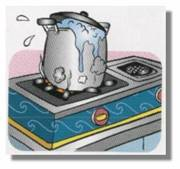
6. Be careful not to blow out the flame when cooking.
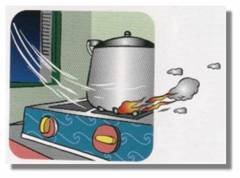
7. Before going to bed, check carefully whether the gas stove is really closed.
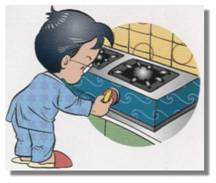
Excerpt from: Taichung City Fire Bureau Second Brigade (Central Division)
1. Pressure (pressure) The vertical force on the surface of an object is called. Generally express its magnitude by the intensity of pressure "pressure=vertical force/area"
2. The SI system of pressure units: Pa (Pa, namely N/m2). Engineering: often use kgf/cm2; in addition, the height of the liquid column such as mmHg, mH2O can also be used as the unit.
3. The relationship between pressure units 1atm=101.3kPa=1.034 kgf/cm2 = 14.7 lbf /in2 =760 mmHg =10.34 mH2O
